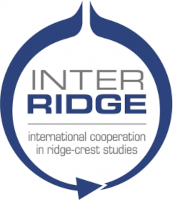Welcome to webpage of the workshop on the Charlie-Gibbs transform system
Institut Universitaire Européen de la Mer, IUEM, Plouzane, France, September 9-12, 2024
The workshop aims to bring together specialists from around the world working on the Charlie-Gibbs double transform fault, which shifts the axis of the Mid-Atlantic ridge at 52-53°N by 350 km. This complex plate boundary is one of the largest active geological structures in the Atlantic Ocean, capable of generating magnitude 7 earthquakes. The rugged topography resulting from this tectonic activity also marks the meeting between the warm southern waters and the cold waters of the northern Atlantic, rich in nutrients. These characteristics make Charlie-Gibbs a favorable habitat for deep ecosystems, sheltering very rich but still little-known abyssal fauna and flora.
Our aim is to compare the various knowledge on this still very little explored area, in order to better understand the interactions between tectonics, climate and biosphere in this critical zone. The main objectives of this conference are to develop new collaborations between researchers from different fields and to train students in multidisciplinary research using the example of Charlie-Gibbs. To this end, we plan a practical workshop using virtual reality on September 12. The participation of students and young researchers is encouraged but places are limited, so be sure to mark this option on the inscription form.
